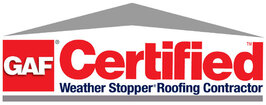|
Mold growth on your roof can be a cause for concern as it can compromise the integrity of the roofing materials and potentially impact your indoor air quality. Understanding the causes, signs, and potential risks associated with mold growth on your roof is important for taking appropriate action. In this blog post, we'll explore the topic of mold growth on roofs and when you should be concerned in the Twin Cities. Causes of Mold Growth on Roofs: Mold requires moisture and organic material to thrive. Several factors can contribute to mold growth on your roof:
Signs of Mold Growth on Roofs Detecting mold growth on your roof may not always be easy, but there are some signs to watch for
Addressing Mold Growth on Your Roof: If you suspect mold growth on your roof, it's essential to take appropriate action:
Mold growth on your roof should be taken seriously due to its potential impact on both your health and the integrity of your roof. Watch for signs of mold growth, such as dark streaks, discoloration, or a musty odor. If you suspect mold, consult a professional roofing contractor for a thorough inspection and, if necessary, mold remediation. By addressing mold growth promptly and implementing preventive measures, you can protect your roof and ensure a healthy environment for your home in the Twin Cities.
0 Comments
While some roof maintenance tasks require professional expertise, there are several tasks you can perform yourself to keep your roof in good condition. These DIY maintenance tasks can help you identify potential issues and take preventive measures to prolong the lifespan of your roof. In this blog post, we'll explore some DIY roof maintenance tasks that you can safely perform in the Twin Cities.
Performing DIY roof maintenance tasks can help you keep your roof in good condition and identify potential issues before they escalate. Safely conduct visual inspections, clear debris, clean gutters, trim overhanging branches, address moss and algae growth, inspect flashing and sealant, maintain attic ventilation, and keep records of your maintenance activities. Remember that some tasks may require professional expertise, and it's important to prioritize safety when accessing your roof. For complex or significant maintenance needs, consult with a professional roofing contractor in the Twin Cities to ensure proper care and maintenance of your roof.
Regular maintenance is crucial for extending the lifespan of your roof and ensuring its optimal performance. By implementing a proactive maintenance routine, you can prevent common roofing problems, address issues promptly, and maximize the longevity of your roof. In this blog post, we'll provide essential roof maintenance tips to help you protect your investment and prolong your roof's lifespan in the Twin Cities.
Regular roof maintenance is essential for prolonging the lifespan of your roof and protecting your home. Conduct regular inspections, clear debris, trim overhanging branches, clean gutters, address leaks promptly, maintain attic ventilation and insulation, address moss and algae growth, protect against ice dams, and consider professional roof maintenance services. By following these maintenance tips and working with a trusted roofing contractor like Ecoroofing, you can enjoy a durable and long-lasting roof in the Twin Cities.
Severe weather events can cause significant damage to your roof, leaving homeowners wondering if they can claim warranty coverage for repairs or replacement. Understanding the terms and conditions of your roof warranty, as well as the process for filing claims related to weather damage, is essential. In this blog post, we'll explore roof warranties, coverage for weather-related damage, and the steps involved in making a warranty claim for such damages in the Twin Cities. Types of Roof Warranties:
Coverage for Weather-Related Damage: Roof warranties generally do not cover damage caused by severe weather events like hailstorms, windstorms, or hurricanes. These events are typically considered "acts of nature" and fall outside the scope of warranty coverage. Instead, homeowners should turn to their homeowner's insurance policy to address weather-related damages. Filing an Insurance Claim: To address weather-related damage, homeowners should file a claim with their homeowner's insurance company. The process typically involves the following steps:
Preparing for a roof replacement is essential to ensure a smooth and successful project. By taking the necessary steps ahead of time, you can minimize disruptions, facilitate the work of the roofing contractor, and ensure the safety of your property. In this blog post, we'll discuss important steps you should take to prepare for a roof replacement in the Twin Cities
Planning a roof replacement involves considering various factors, including the duration of the project and potential timelines for insurance claims. Understanding the typical timeframe for roof replacement can help homeowners prepare and make informed decisions. In this blog post, we'll discuss the general duration of a roof replacement project and provide an overview of insurance claim timelines, including Ecoroofing's efficient installation process. Duration of Roof Replacement: The duration of a roof replacement project can vary depending on several factors, including the size of the roof, the complexity of the job, and weather conditions. While every project is unique, a standard roof replacement typically takes around one to three days. Ecoroofing, a reputable roofing contractor in the Twin Cities, is known for their efficiency and can often complete a roof replacement in just one day. Their experienced team ensures a streamlined process without compromising quality. Insurance Claims for Roof ReplacementsWhen filing an insurance claim for a roof replacement, the timeline can vary based on several factors, including the insurance company's processes, the complexity of the claim, and the availability of adjusters. While it's difficult to provide an exact timeframe, insurance claims for roof replacements typically take a few weeks to a couple of months to complete.
Identifying Signs for Roof Replacement: When to Consider a New Roof The roof is a critical component of your home's structure, providing protection and security. Over time, roofs deteriorate due to various factors, and it becomes necessary to consider a replacement. Recognizing the signs that indicate your roof may need replacement can help you take proactive measures before serious issues arise. In this blog post, we'll discuss common signs that indicate your roof may need to be replaced soon in the Twin Cities.
Improving the energy efficiency of your roof is not only beneficial for the environment but also for reducing energy costs and creating a more comfortable living environment. By implementing energy-efficient measures, you can enhance your roof's performance and contribute to a greener future. In this blog post, we'll explore effective tips to improve the energy efficiency of your roof in the Twin Cities.
Improving the energy efficiency of your roof is a wise investment that can yield long-term benefits. By enhancing insulation, using cool roofing materials, ensuring proper ventilation, exploring energy-efficient roofing systems, conducting regular maintenance, and considering solar panels, you can significantly improve your roof's energy performance. Consult with a professional roofing contractor or energy specialist in the Twin Cities to assess your specific needs and implement the most effective energy efficiency measures for your roof. Together, we can create a more sustainable and energy-conscious future.
Skylights are an excellent way to introduce natural light into your home and enhance the aesthetic appeal of your living space. If you're considering installing a skylight in your roof, it's important to understand the benefits, considerations, and the professional expertise required for a successful installation. In this blog post, we'll explore the possibilities and considerations associated with installing a skylight in your roof in the Twin Cities.
Installing a skylight in your roof can bring the beauty of natural light into your home, enhance energy efficiency, and improve the overall ambiance. However, careful consideration and professional installation are vital to ensure successful integration and avoid potential issues. Consult with a reputable roofing contractor in the Twin Cities to assess your roof's suitability, discuss your goals, and receive expert guidance on the best skylight options for your home. With professional expertise, you can enjoy the benefits of natural light while ensuring the integrity and performance of your roof.
Attic ventilation is an essential aspect of maintaining a healthy and functional roofing system. While often overlooked, proper attic ventilation offers numerous benefits and helps prevent potential issues. In this blog post, we'll explore the importance of attic ventilation, its benefits, and considerations for homeowners in the Twin Cities. The Benefits of Attic Ventilation:
Considerations for Attic Ventilation:
Attic ventilation is a vital component of a healthy and functional roofing system. It offers benefits such as moisture control, temperature regulation, energy efficiency, and extended roof longevity. Proper ventilation methods, achieving a balanced system, and regular maintenance are key considerations to ensure effective attic ventilation. Consult with a professional roofing contractor in the Twin Cities to assess your attic ventilation needs and implement the best solutions for a well-ventilated and protected home.
|
OUR COMPANYMN LIC#CR681753 |
SERVICES |
SOCIAL |
The following Trademarks: Owens Corning™, SureNail® Technology, Duration®, Duration STORM® Triple Layer Protection®, WeatherGuard®, TruBond® & TruDefinition® are all registered Trademarks of Owens Corning® http://www.owenscorning.com/.
2024 All Rights Reserved. EcoRoofing MN, Residential Roofing Company
2885 Country Drive Suite 110 Saint Paul, MN 55117 | (651) 797.8621
2885 Country Drive Suite 110 Saint Paul, MN 55117 | (651) 797.8621
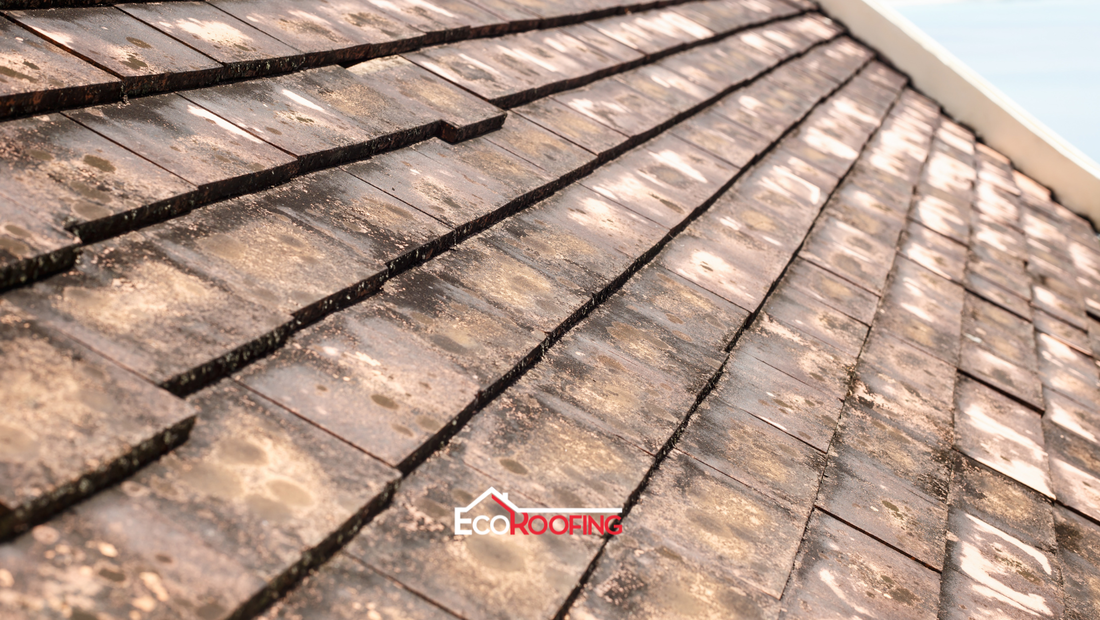
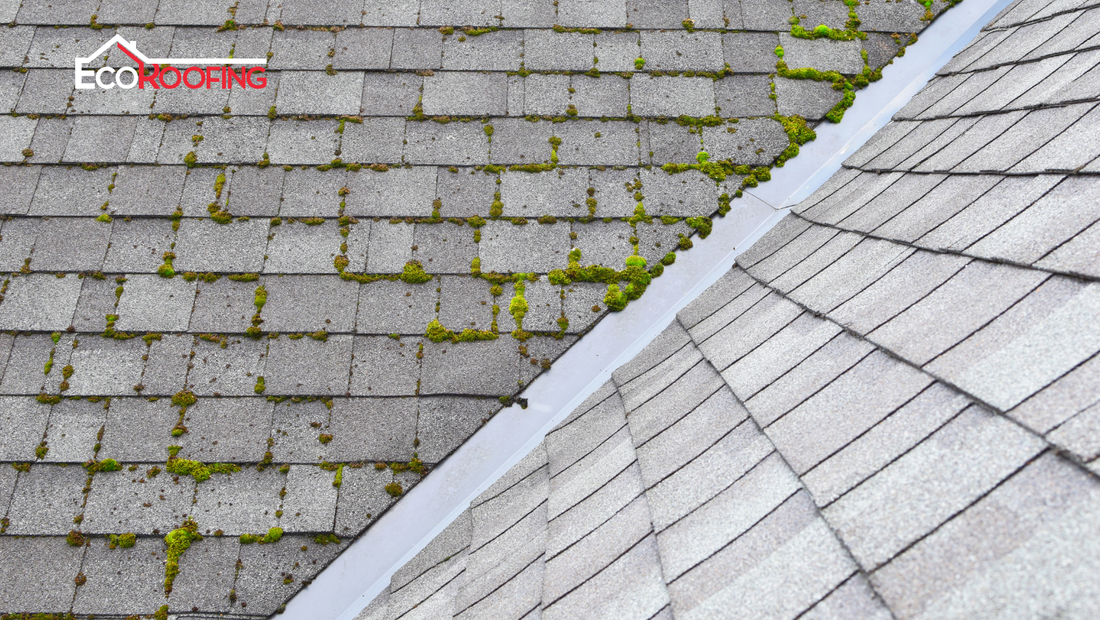
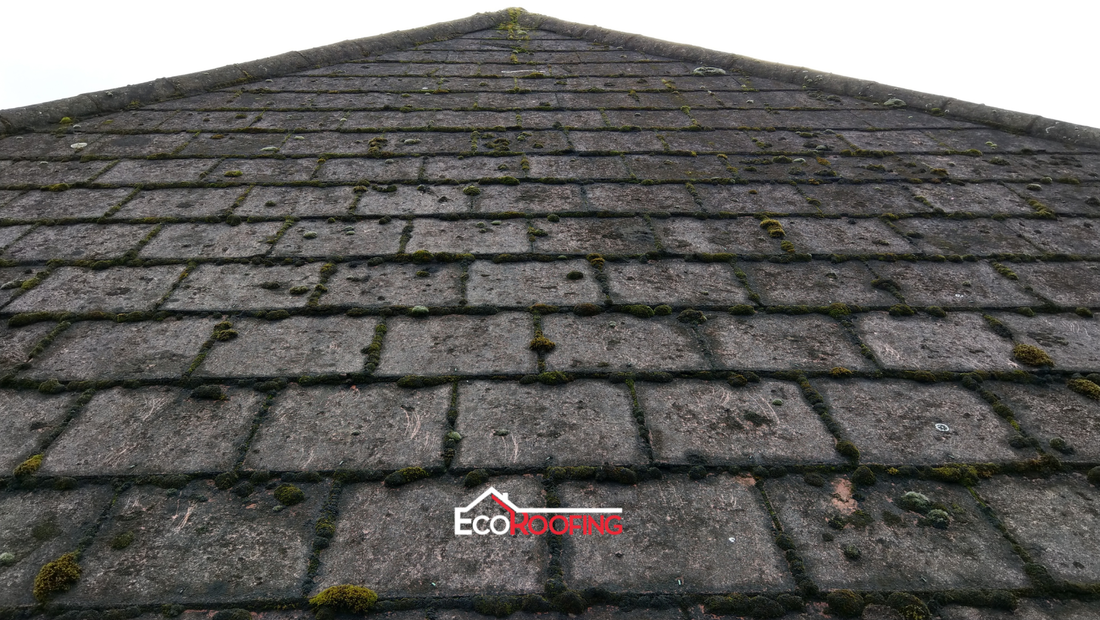
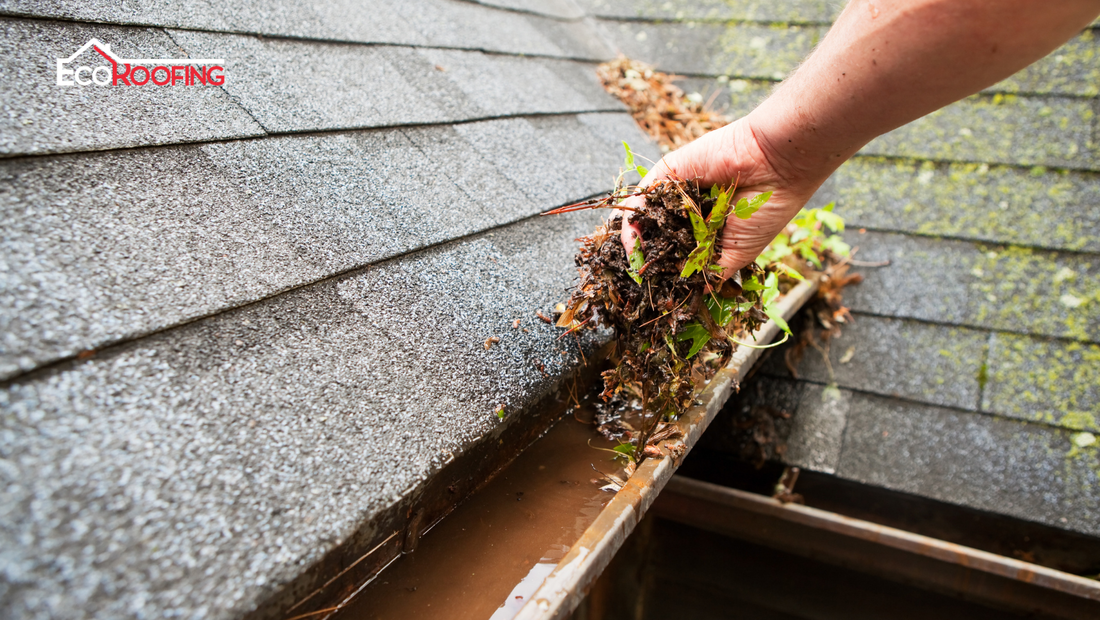
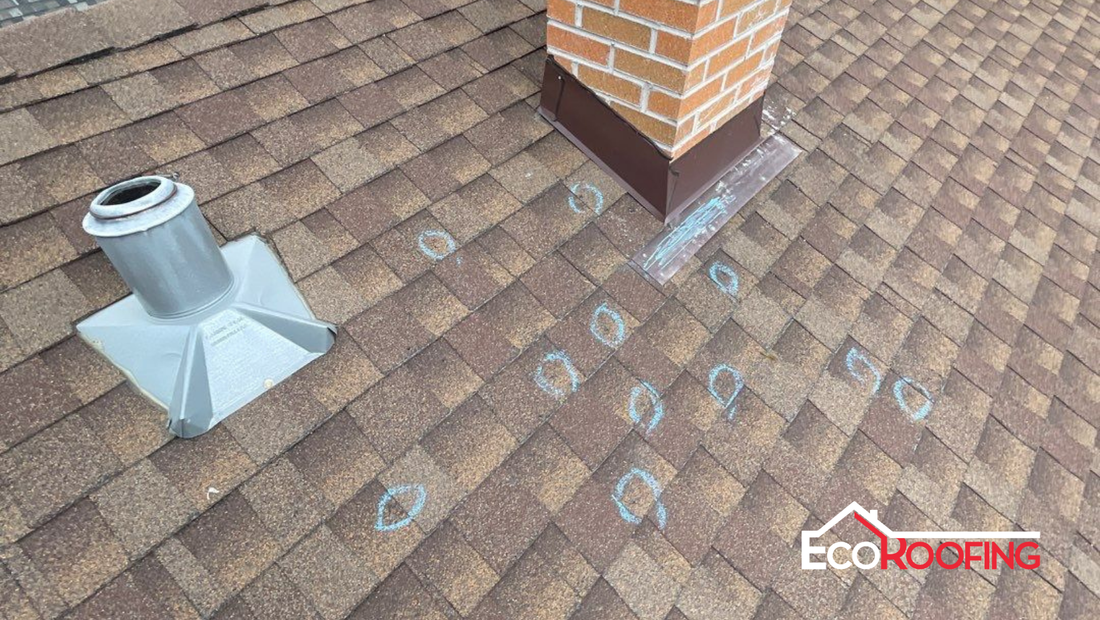
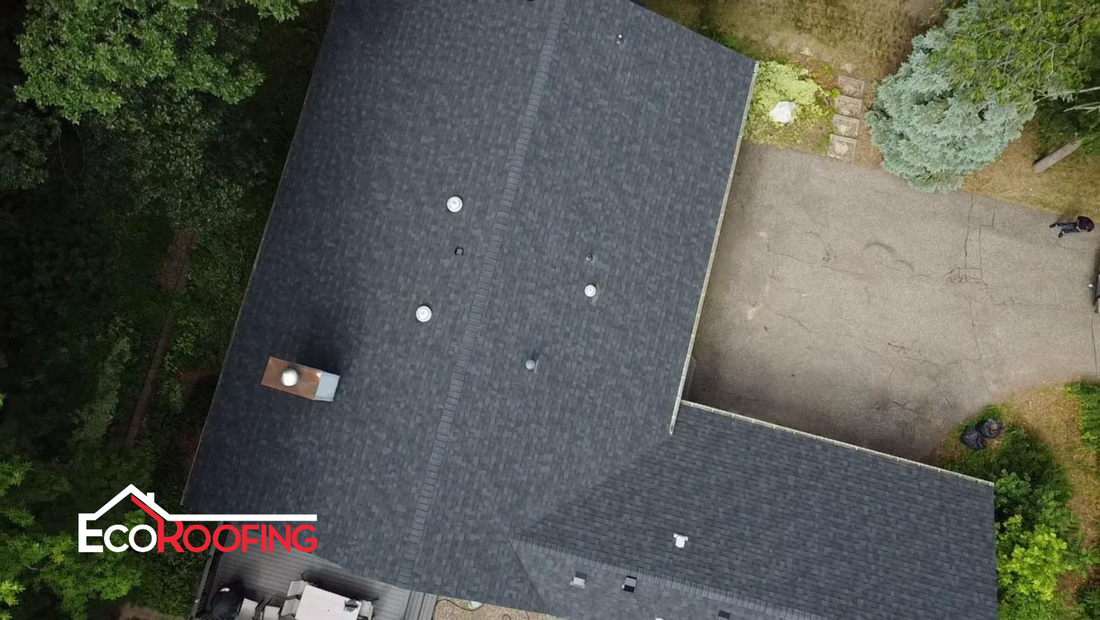
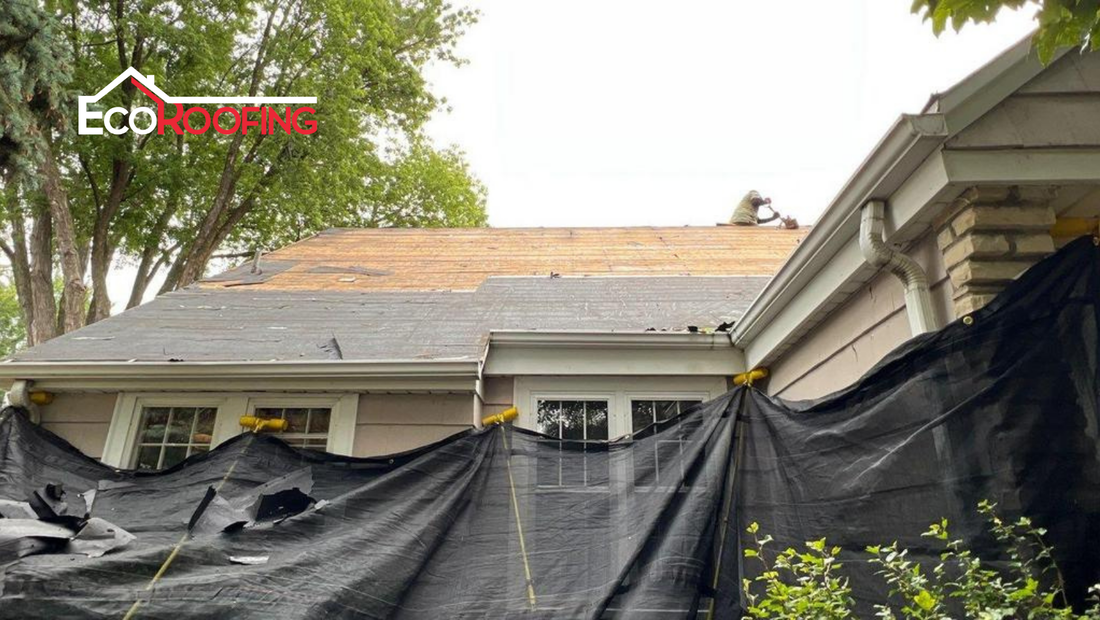
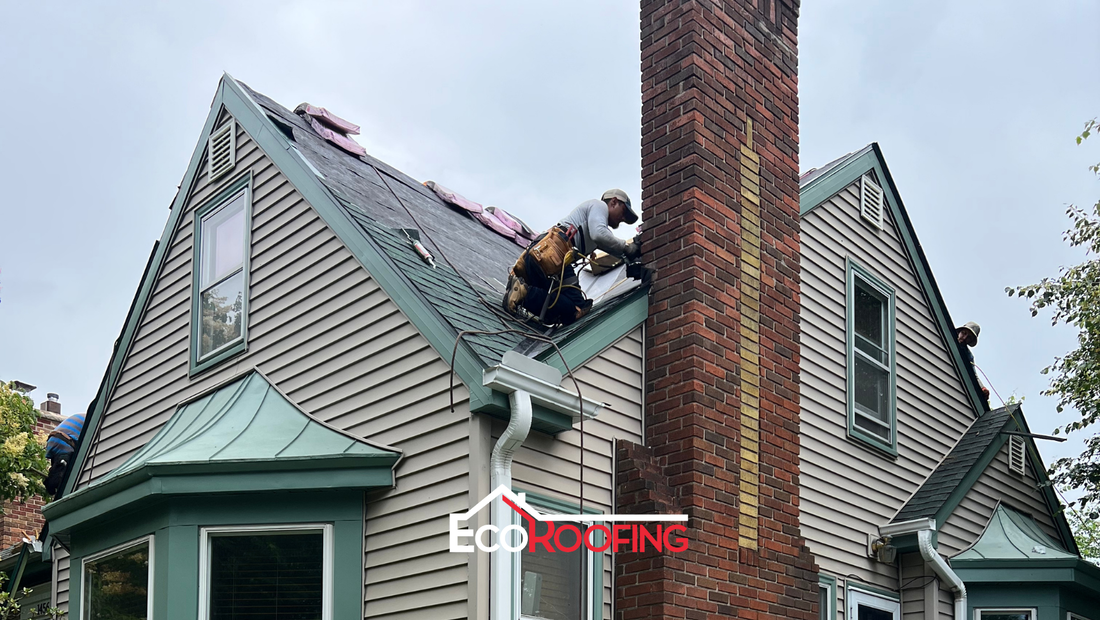
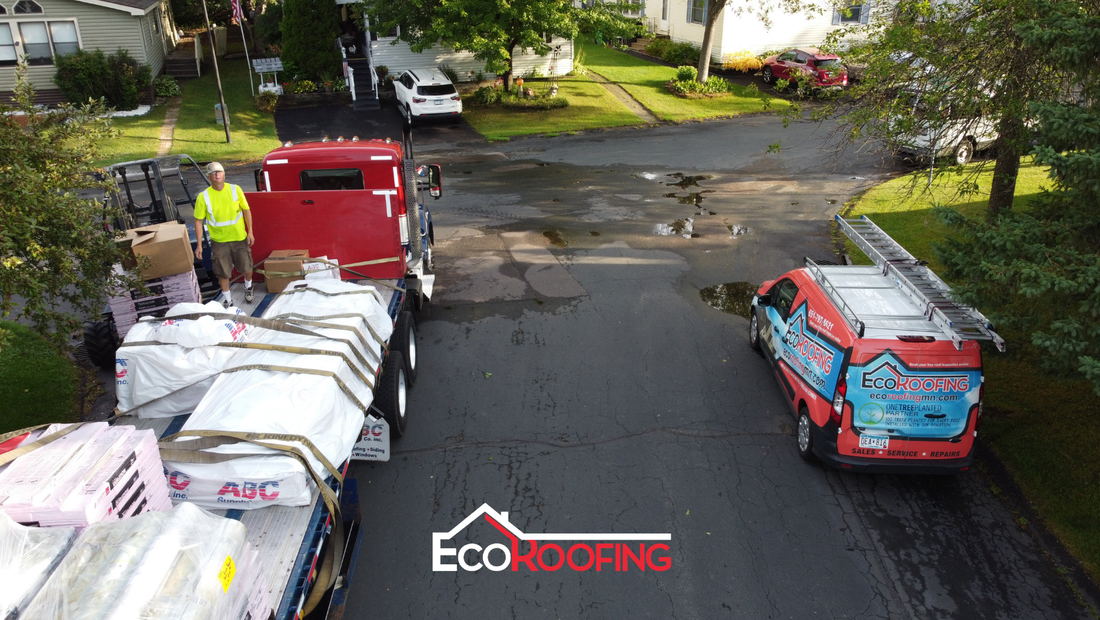

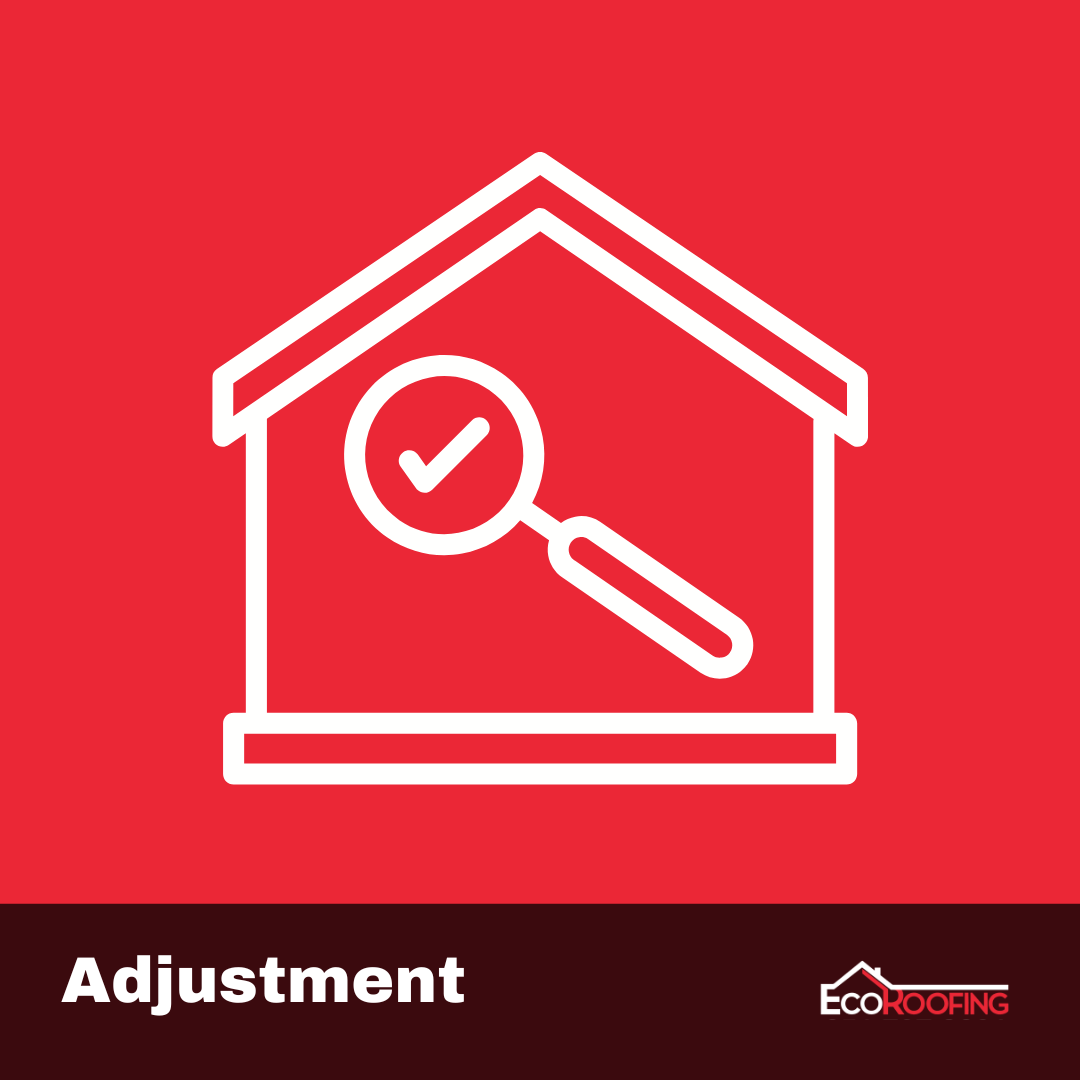


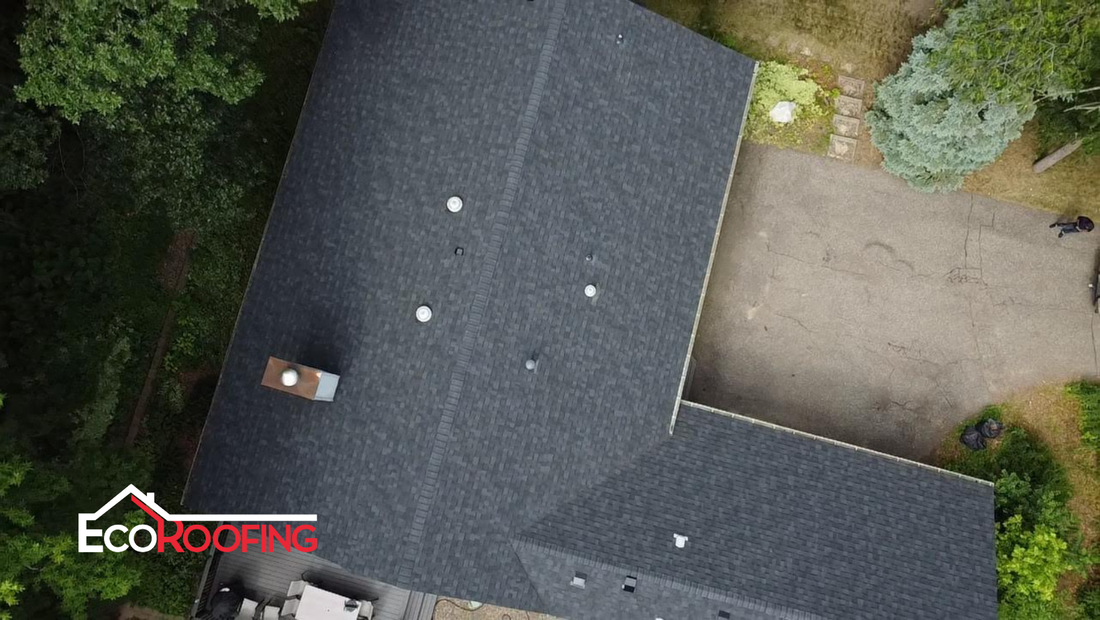
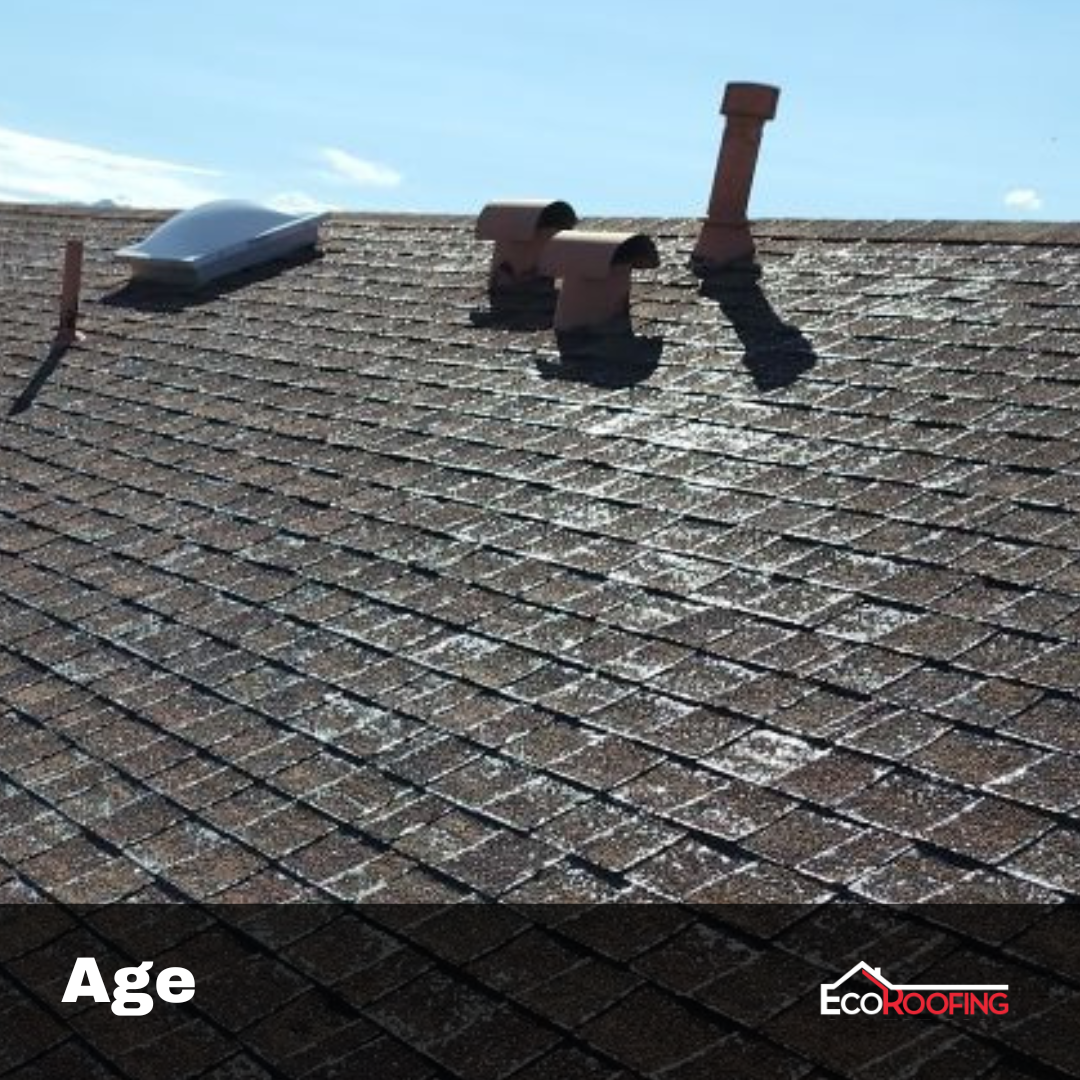
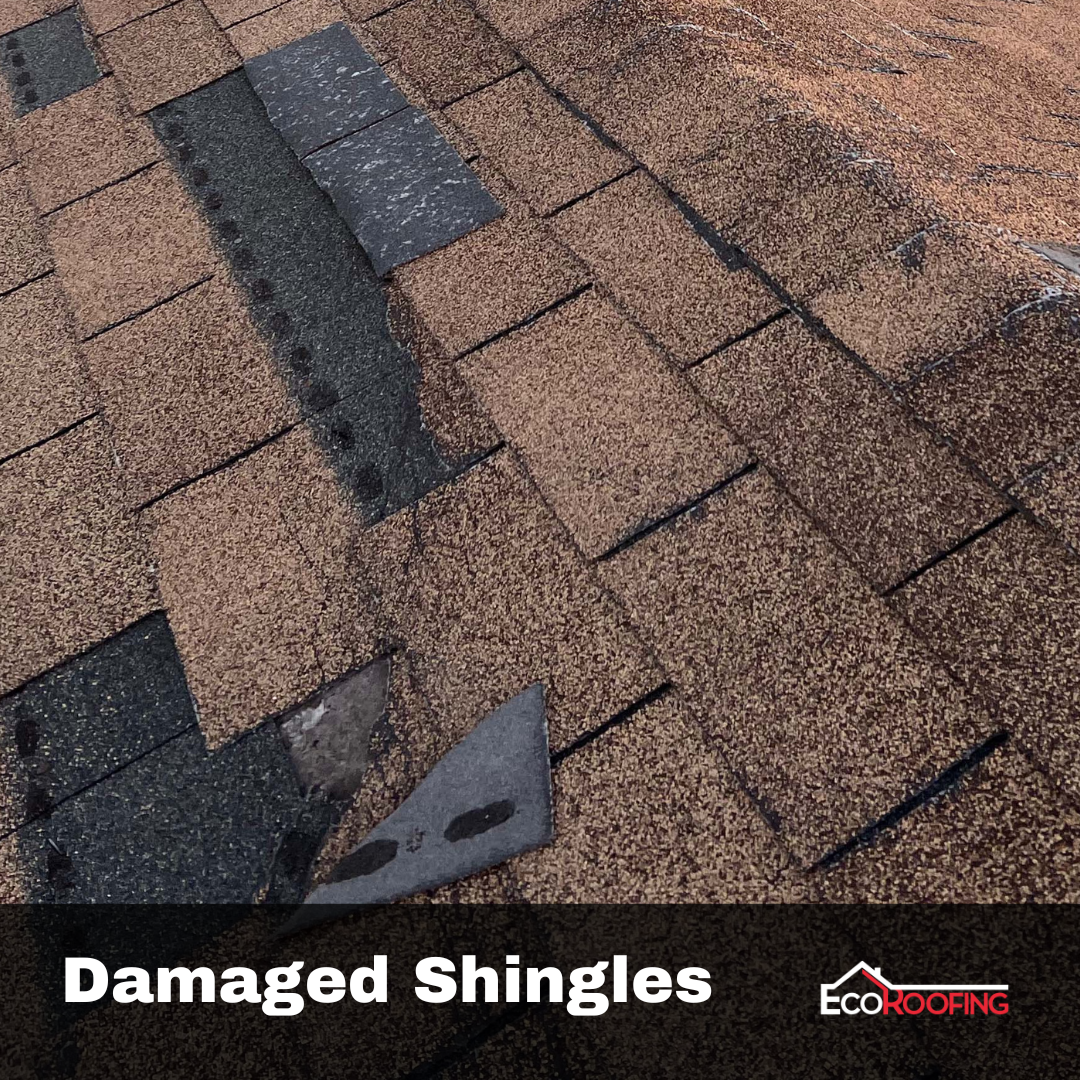
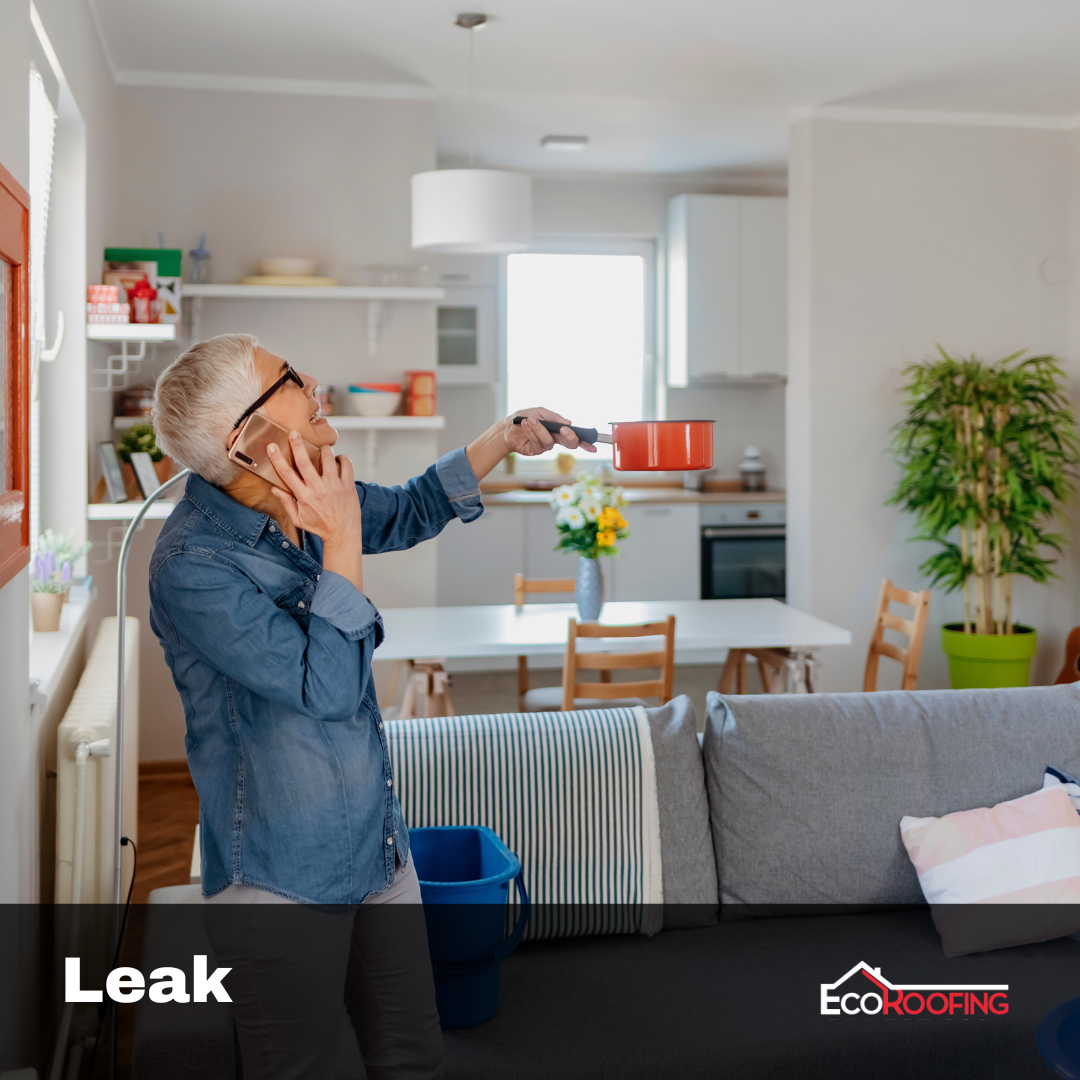
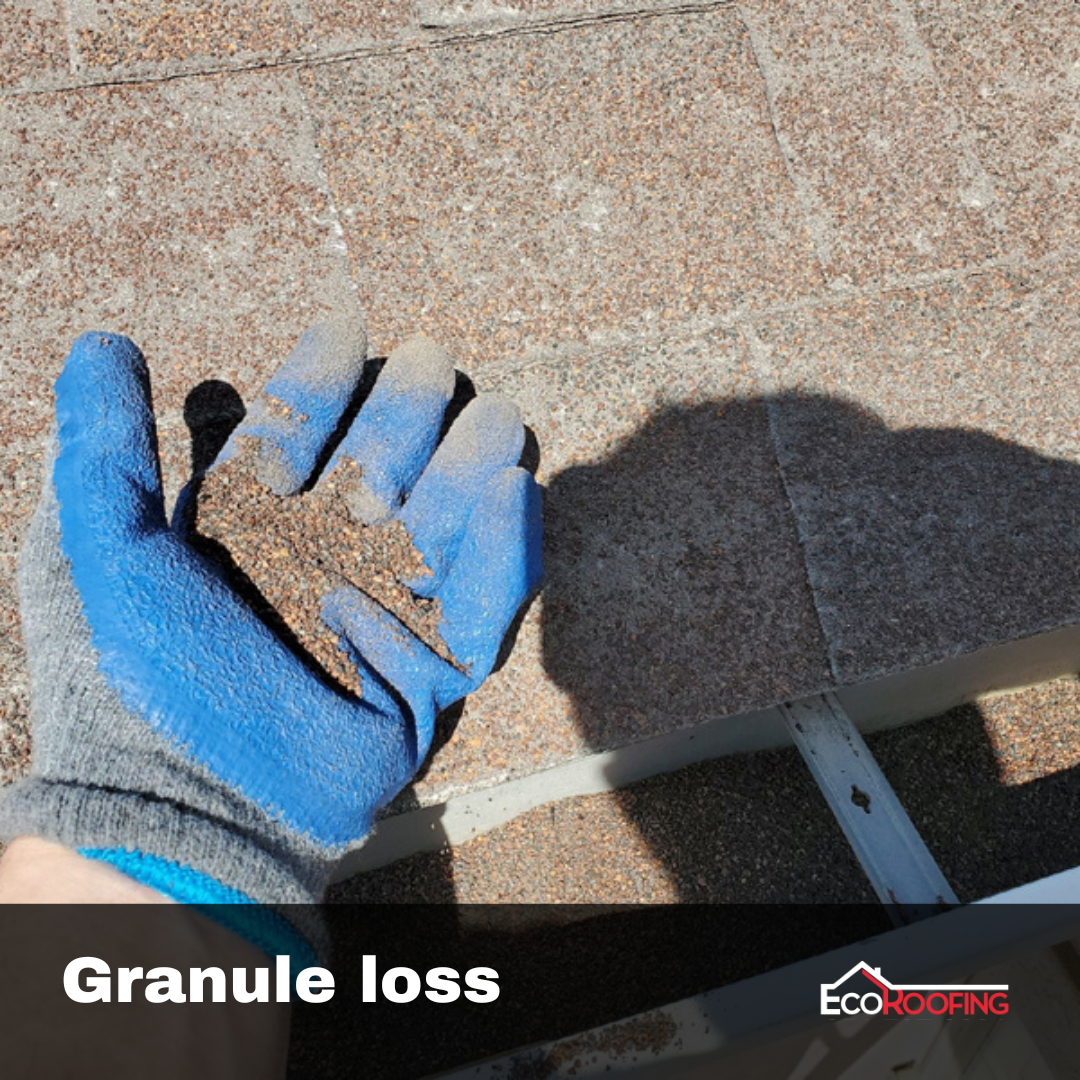
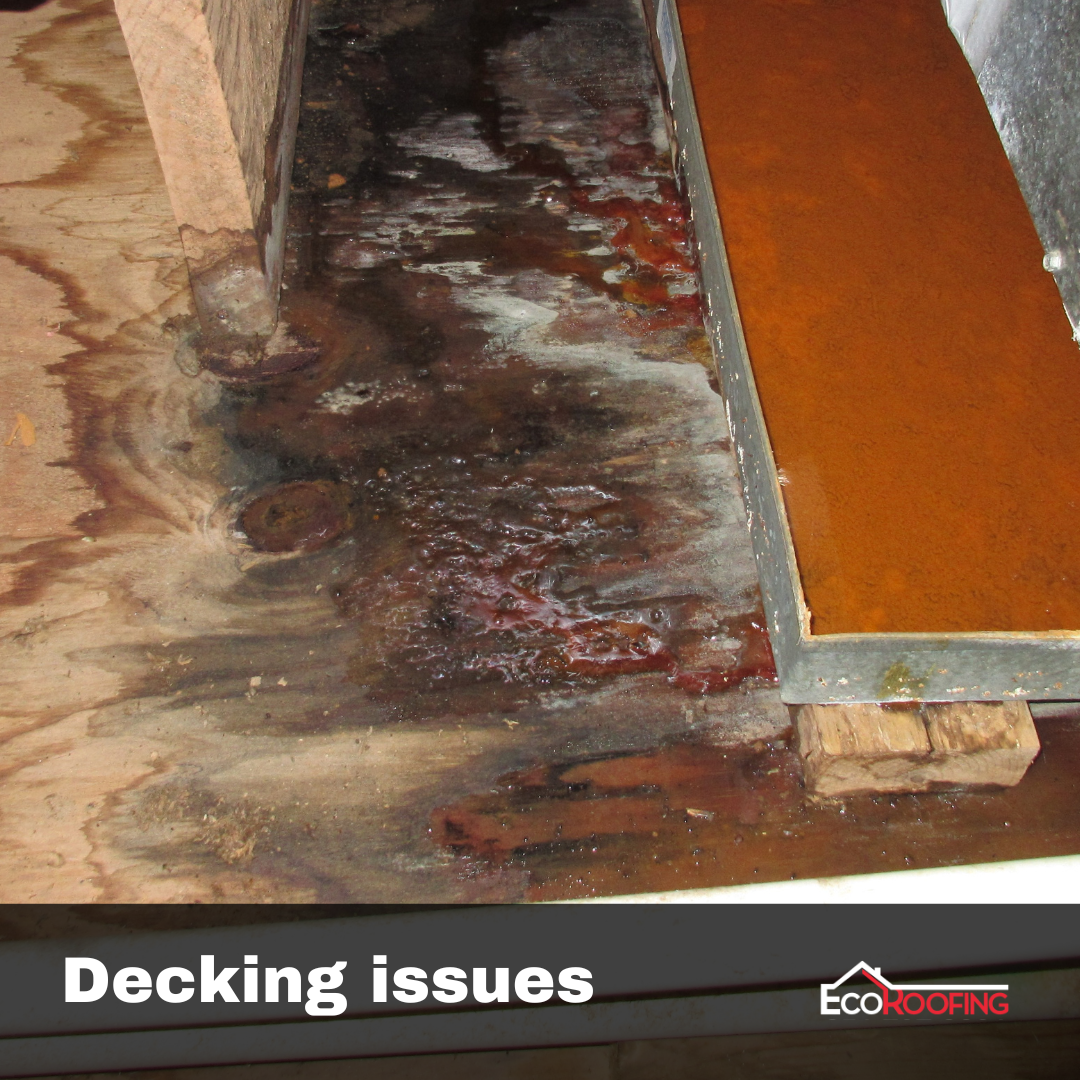
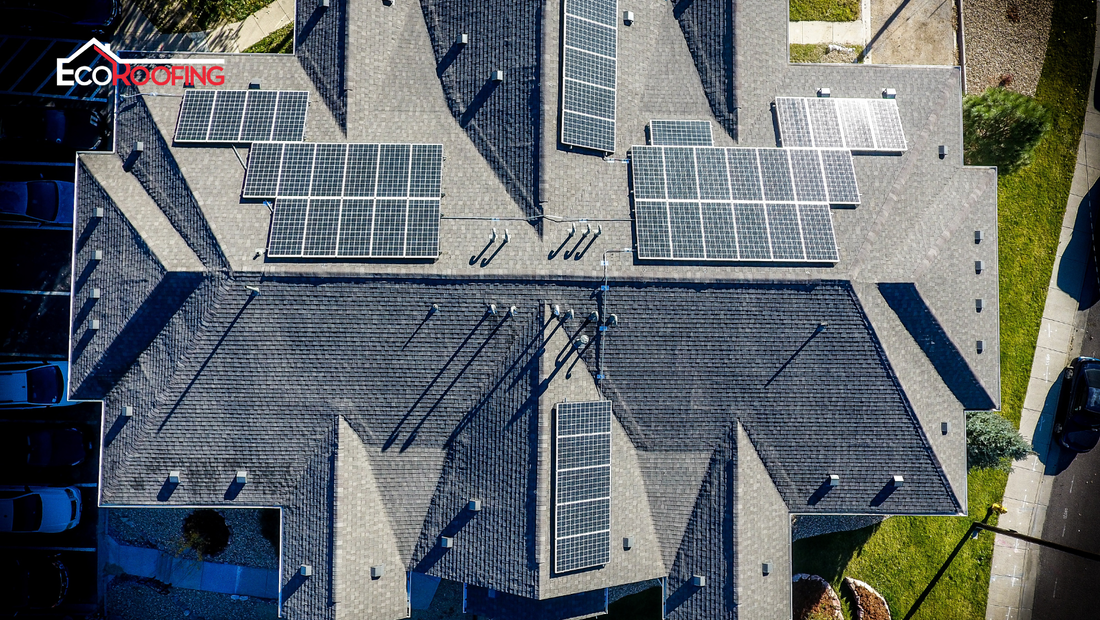
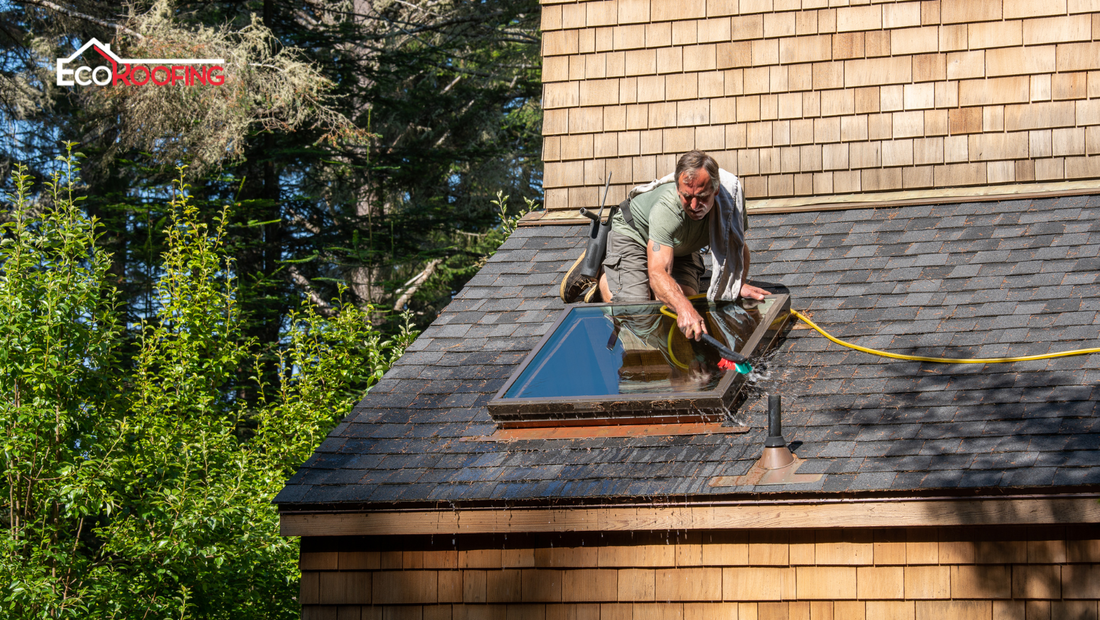
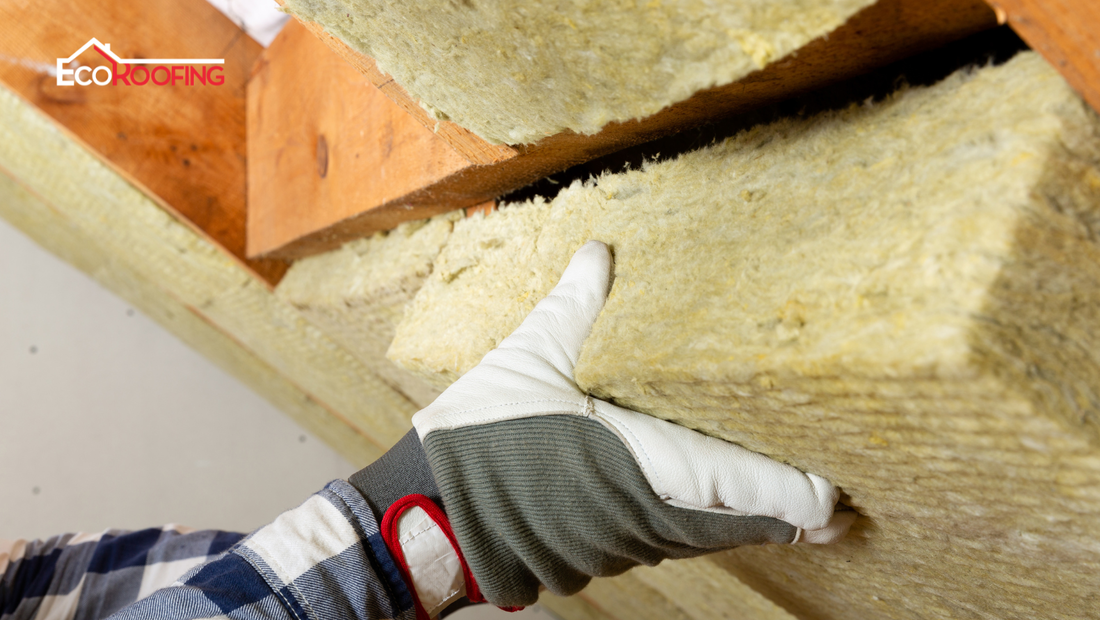
 RSS Feed
RSS Feed

